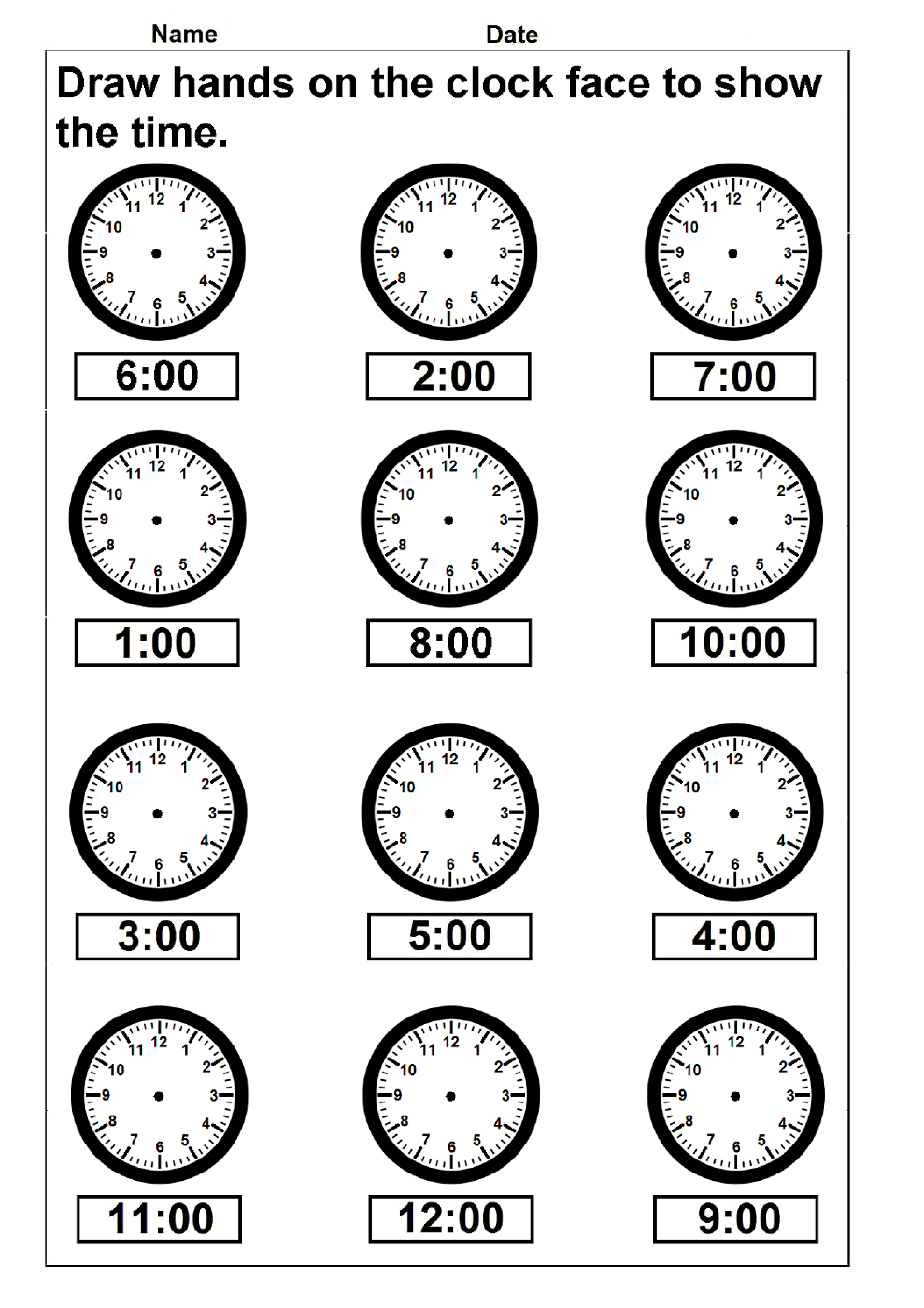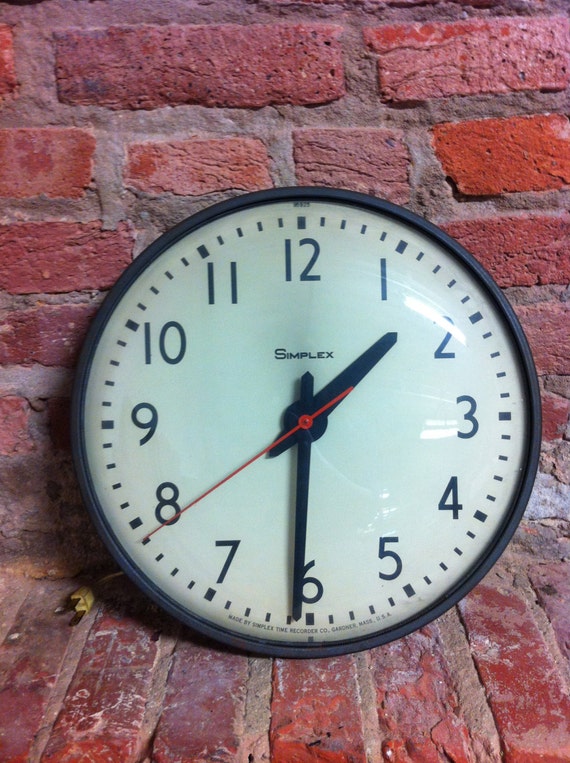


Blood pressure, heart rate, and breathing all begin to increase This is when, as the name suggests, our eyes dart up and down and all around, and is most likely when dreaming occurs. REM sleep: At the end of our cycle, we actually enter a light stage of sleep. Your blood pressure, heart rate, and breathing are all very low. Stage 4 is “deep sleep,” a stage that doesn’t want to be disrupted.Stage 3 is “slow wave sleep.” Here, blood pressure drops, heart rate further slows, and our breathing becomes slower and more rhythmic.Stage 2 is the “light phase,” which is when our heart rate slows down and our core body temperature decreases.Stage 1 is considered the “transitional phase,” when we’re drifting in and out of consciousness.( 2) Here’s a little bit more about each stage: By stage 4, it will be really hard to wake someone up. Across them, the body moves from really light sleep (Stage 1) to a super deep sleep (Stage 4). These four stages are building up intensity towards our REM sleep. However, the name does hint at the importance of NREM. NREM sleep: This is more than just our eyes staying still. Let’s look a little bit more closely at each one. The first four stages comprise our non-rapid eye movement (NREM) sleep, while the fifth stage is when we move into rapid eye movement (REM) sleep. There are five cycles in total, each lasting around 90 minutes.
#School timer clock series#
Instead, our bodies go through a series of waves, called sleep cycles. It turns out we don’t just fall asleep and wake up eight hours later, with no critical happenings charging through our system (how we wish it were that simple). Let’s take a step back to explain what a sleep cycle actually is, along with what happens when our heads hit the hay at night. Instead, it’s characterized by length, quality, and timing, along with the absence of disturbances and disorders. While getting a certain number of hours of shut-eye is indeed important, normal sleep goes far beyond just clocking in and out. “Get 7-8 hours of sleep per night!” This recommendation is pounded into our heads day after day, night after night. If you know what time you are falling asleep, and want to know the best time to wake up, look no further! Simply add your bedtime into the wake calculator, and it will give you several options for a wake up time and tell you how many sleep cycles you will achieve. Wake Calculator: What Time Should I Wake Up?


 0 kommentar(er)
0 kommentar(er)
